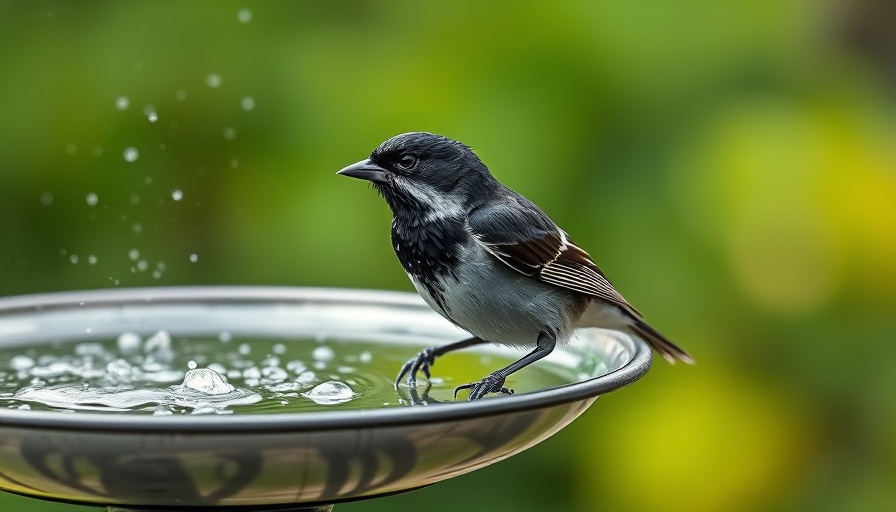
Impact of Federal Layoffs on Animal Health in Wisconsin
Recent federal layoffs in health agencies could significantly affect Wisconsin's response to animal health issues, particularly the ongoing threats posed by diseases like avian flu. The Trump administration's decision to cut thousands of jobs at key federal offices, including the Centers for Disease Control and Prevention (CDC) and the Food and Drug Administration (FDA), has raised alarms among state veterinary officials.
Key Concerns Raised by Experts
Keith Poulsen, director of the Wisconsin Veterinary Diagnostics Laboratory, emphasized the critical role of the FDA’s Center for Veterinary Medicine, which ensures testing standards and facilitates data sharing among state laboratories. With diminished staff, the continuity of these essential public health programs is at risk. According to Poulsen, “The agency is still there, but there aren’t people there to make it run,” signaling a troubling gap in the collaborative network vital for tracking animal diseases.
Avian Flu Threat and State Preparedness
The urgency of this issue underscores Wisconsin's recent confirmation of avian flu in Sheboygan County, discovered at a poultry farm housing about 40,000 birds. State officials, including those from the Department of Agriculture, Trade and Consumer Protection (DATCP), are collaborating with USDA to devise a joint response. Such coordination is critical for controlling the spread of this highly contagious virus, not just among birds, but also in relation to potential transmission to humans.
Future Strategies: Navigating Federal Cuts
Poulsen has been proactive in seeking funding for essential testing of products like raw pet food, which have been linked to avian flu transmission in house cats. He stressed that a national coordinated effort is paramount, advocating for a unified approach to testing across states to ensure consistent and reliable results. “We can’t have 50 different states doing different things,” Poulsen noted, highlighting the inefficiency that could arise from a fragmented response.
The Path Ahead: Ensuring Robust Resources
As federal budget cuts loom, concerns over the resources available to the Animal and Plant Health Inspection Service (APHIS) heighten. Poulsen remarked, “Everything’s really on the table as a potential for an immediate cut.” This caution urges the veterinary community to strategize on how to maintain and eventually rejuvenate the expertise needed to combat animal health crises, reinforcing the necessity for continued support and resourcing in the field.
As these challenges unfold, we must advocate for sustained funding and coordinated initiatives to secure the health of our animals and, by extension, our public health. Awareness and dialogue are essential. As citizens and stakeholders, understanding the implications of these cuts can guide actions toward better health governance. Together, let’s explore how we can engage with policymakers to shape a more resilient future for animal health in our community.
 Add Row
Add Row  Add
Add 




Write A Comment